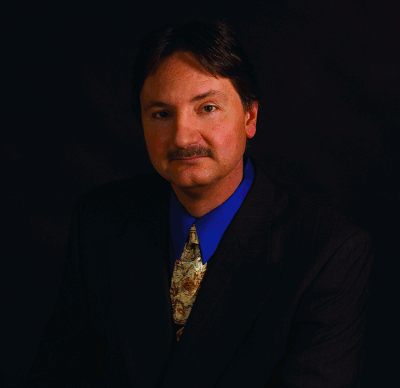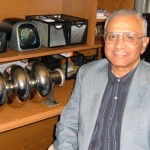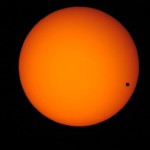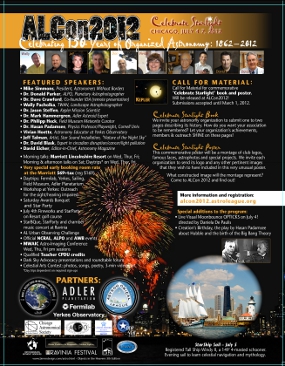 Michael has been fascinated by the stars all his life. His astronomical journey began when he was in third grade, after his parents bought him a set of constellation flash cards. From that day forward, Michael’s goal was to become an astronomer.
Michael has been fascinated by the stars all his life. His astronomical journey began when he was in third grade, after his parents bought him a set of constellation flash cards. From that day forward, Michael’s goal was to become an astronomer.
Michael realized that goal in 1975, when he graduated with a bachelor’s degree in astronomy from the Ohio State University. Rather than continuing on a research-oriented track, Michael attended Michigan State University, where he received a Master of Arts degree in planetarium education (one of only six such degrees ever awarded) in 1977.
During the last two decades, Michael has worked in seven planetaria and still serves as a consultant in the planetarium field. He joined Astronomy as associate editor (and photo editor) in February 2003.
Prior to joining the staff of Astronomy, Michael’s days revolved around serving as a planetarium consultant, lecturing, and writing. Michael has written three books for Cambridge University Press. His first book was The Cambridge Guide to the Constellations. The planets were the focus of his second book, The Cambridge Planetary Handbook. Michael’s third book, The Cambridge Encyclopedia of Amateur Astronomy, deals with all aspects of amateur astronomy.
Springer published Michael’s most recent book, 1,001 Celestial Wonders to See Before You Die (New York, 2010, ISBN 978–1–4419–1776–8). It’s part of the publisher’s “Patrick Moore’s Practical Astronomy” series. Currently, Michael is working on a college-level astronomy laboratory manual for Morton Publishing.
Because of his popular appeal, engaging style, and vast astronomical knowledge, Michael is a much sought after “tour guide” to eclipses, sky events, and historical astronomy sites. Michael has conducted many tours, including two to the Yucatan Peninsula in Mexico to study the astronomically related ruins of the Mayas, several to space shuttle launches, a cruise to see the 1986 appearance of Halley’s Comet in Tahiti, and total solar eclipse trips in the United States, the Baja Peninsula in Mexico, and Peru. Since joining the staff of Astronomy, Michael has led a group to South Africa to observe the 2004 transit of Venus, and has headed up total eclipse expeditions to Tahiti, Europe, Russia, China, and Easter Island.
In his spare time, Michael enjoys woodworking, science-fiction movies (with particular emphasis on giant monsters such as Godzilla), and book collecting. This last passion has led him on a lengthy search for 19th century, first-edition astronomy books. Currently, Michael’s collection numbers more than 450 individual 19th-century first editions — one of the largest private collections anywhere
Michael also enjoys observing celestial objects with a variety of telescopes. He has logged thousands of hours at the eyepiece. Michael lives in Milwaukee with his wife Holley, who has earned degrees in Fine Arts and Interior Design.
Descriptions of talks
Star Death
This illustrated talk traces the lives of stars from the point when dusty clouds of gas begin to shrink and form massive self-luminous orbs. And although stars generate energy for millions of years with no hint of what’s to come, they eventually run out of fuel and die. When that happens, astronomers witness the creation of some of the universe’s most spectacular objects.
Amateur astronomy at 150: a retrospective
Our hobby looks much different now than it did 150 years ago, and aren’t we glad?! This illustrated talk — presented in the form of a timeline — highlights historical first appearances, best manufacturer innovations, and the influential movers and shakers who have made amateur astronomy the vibrant force it is today.










